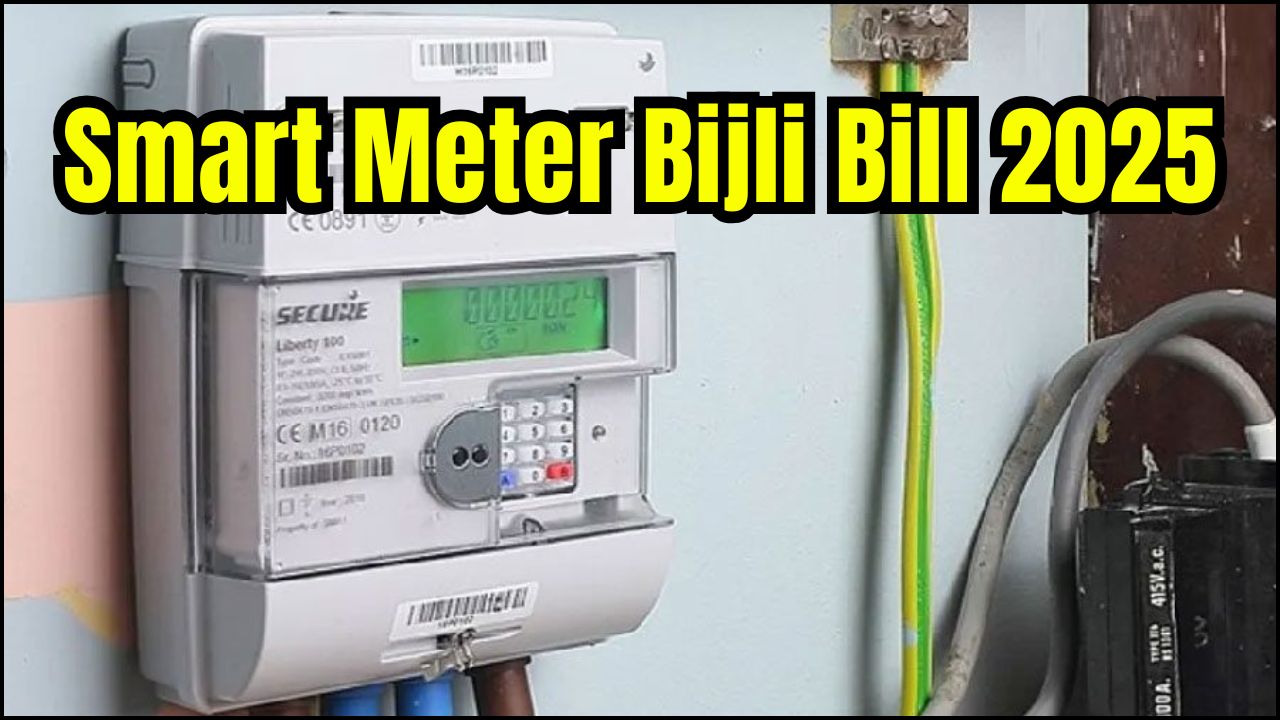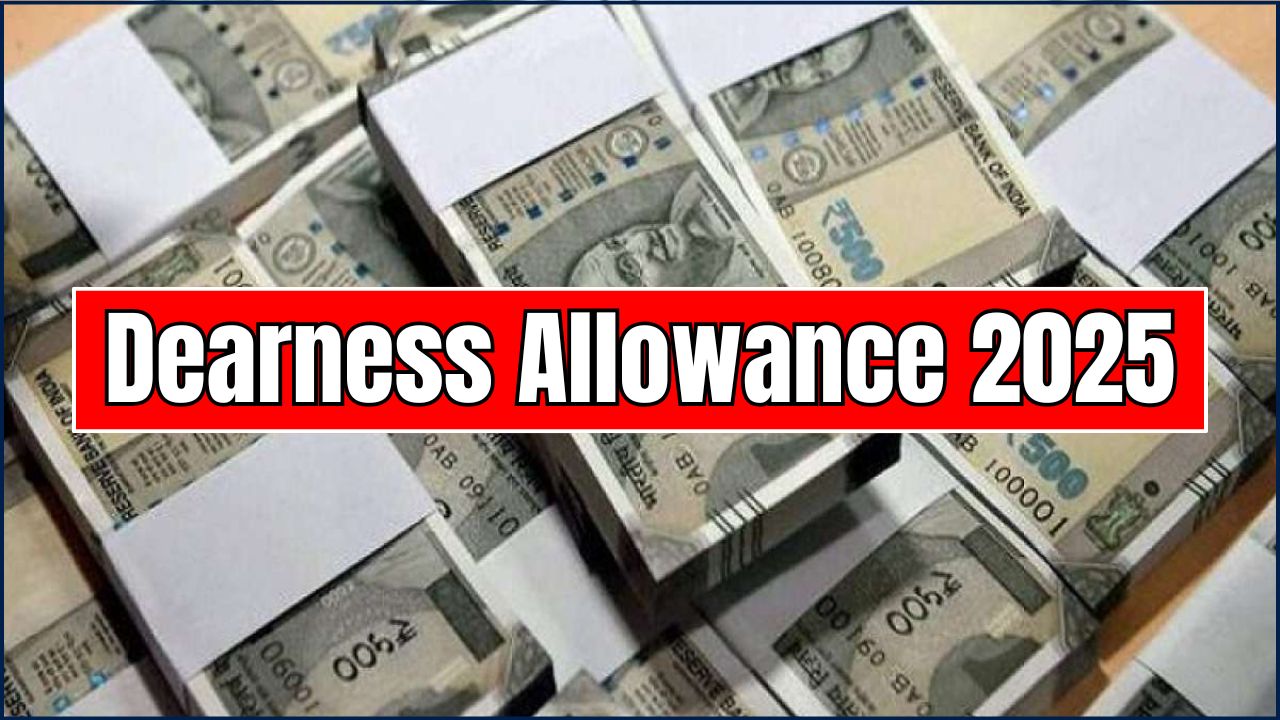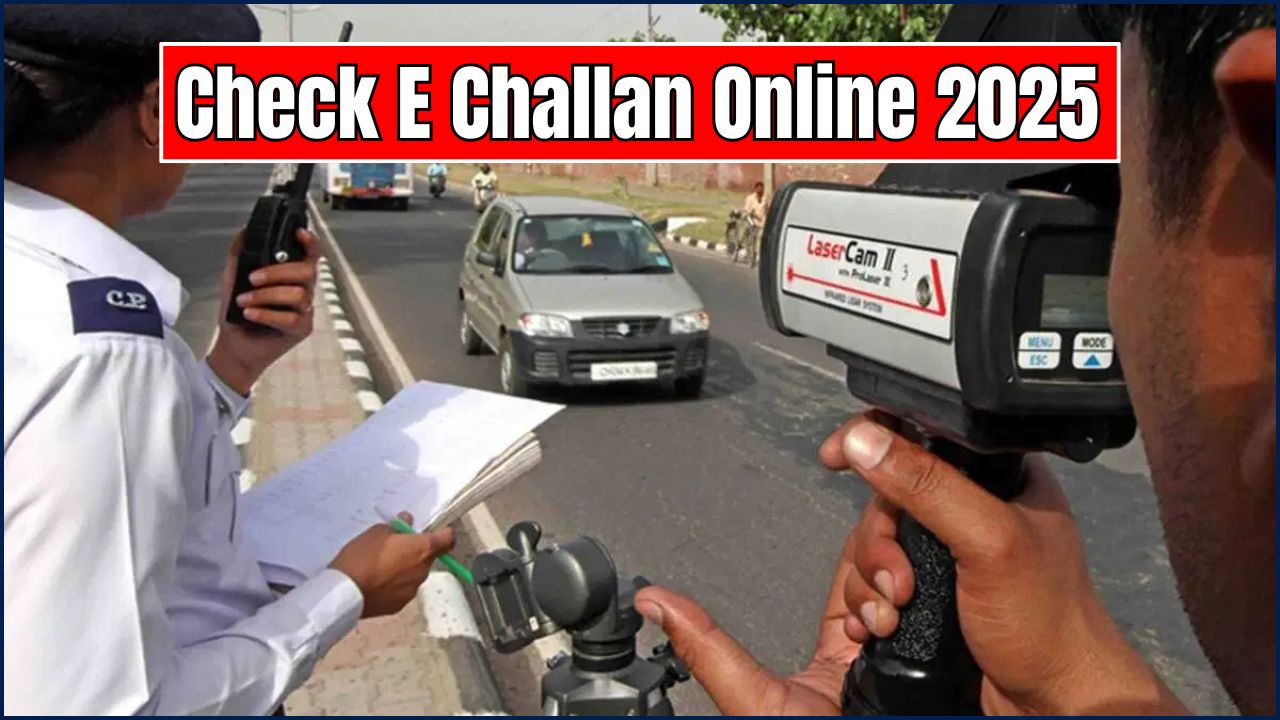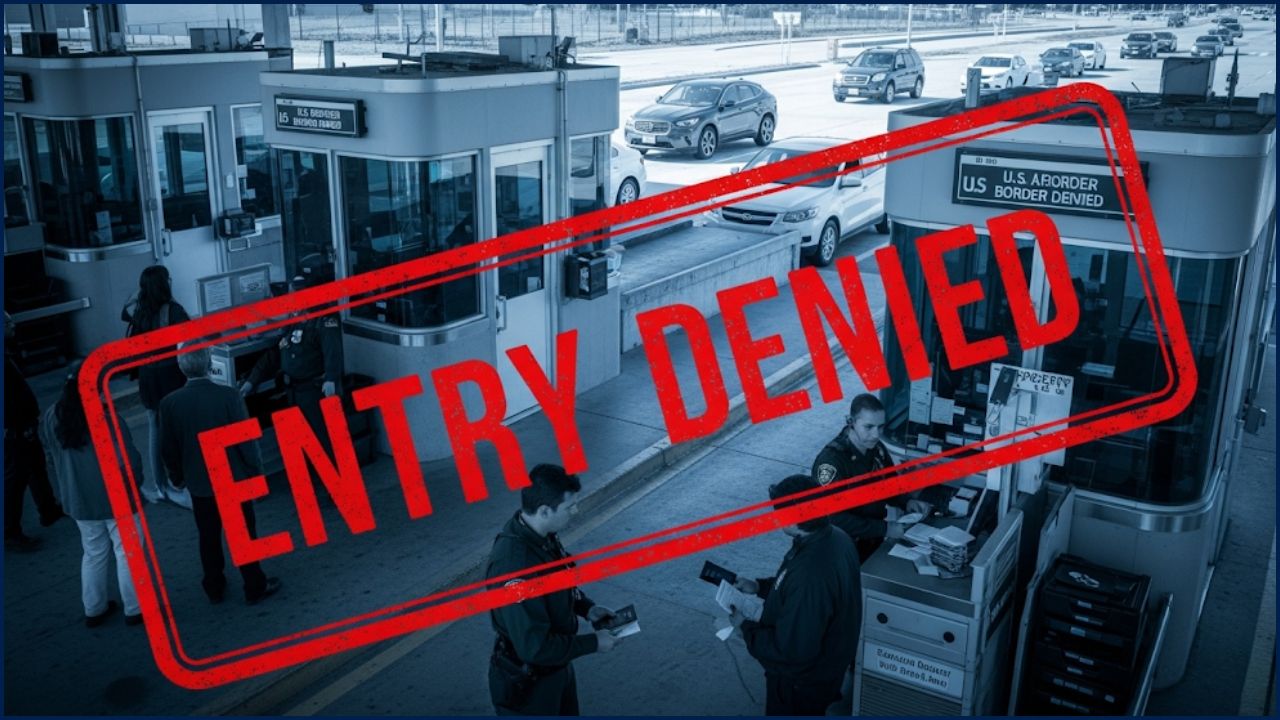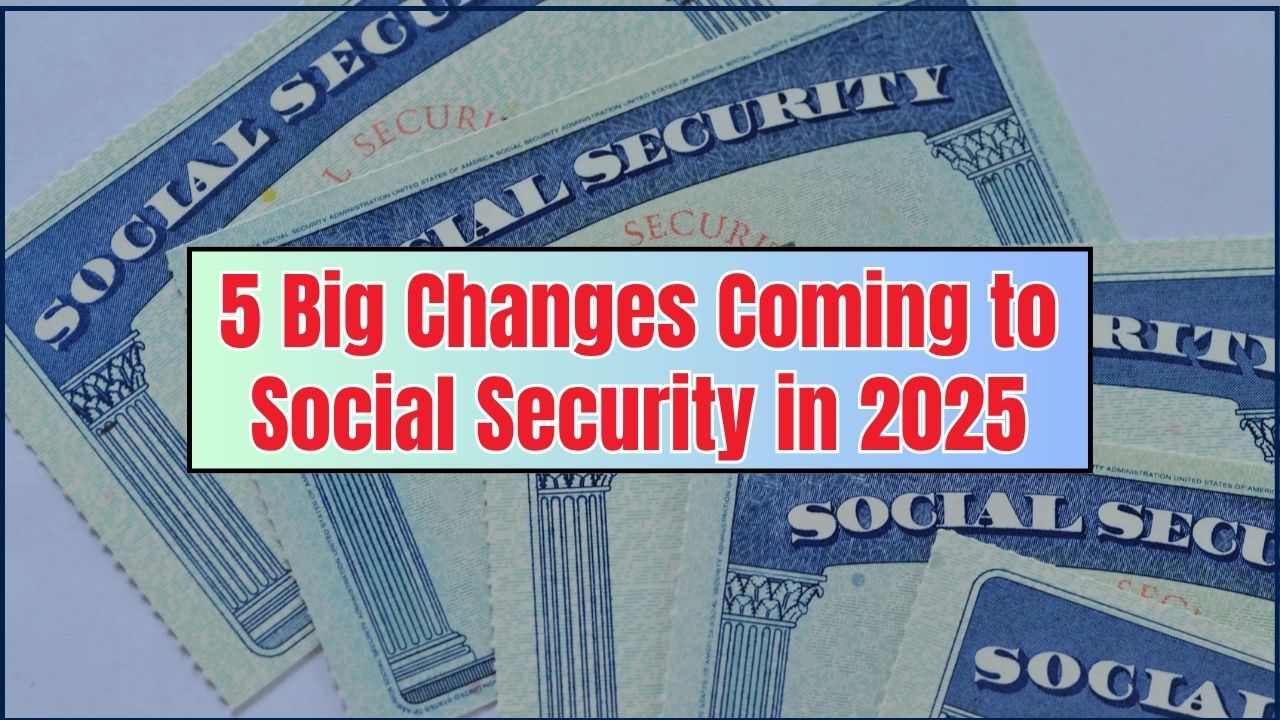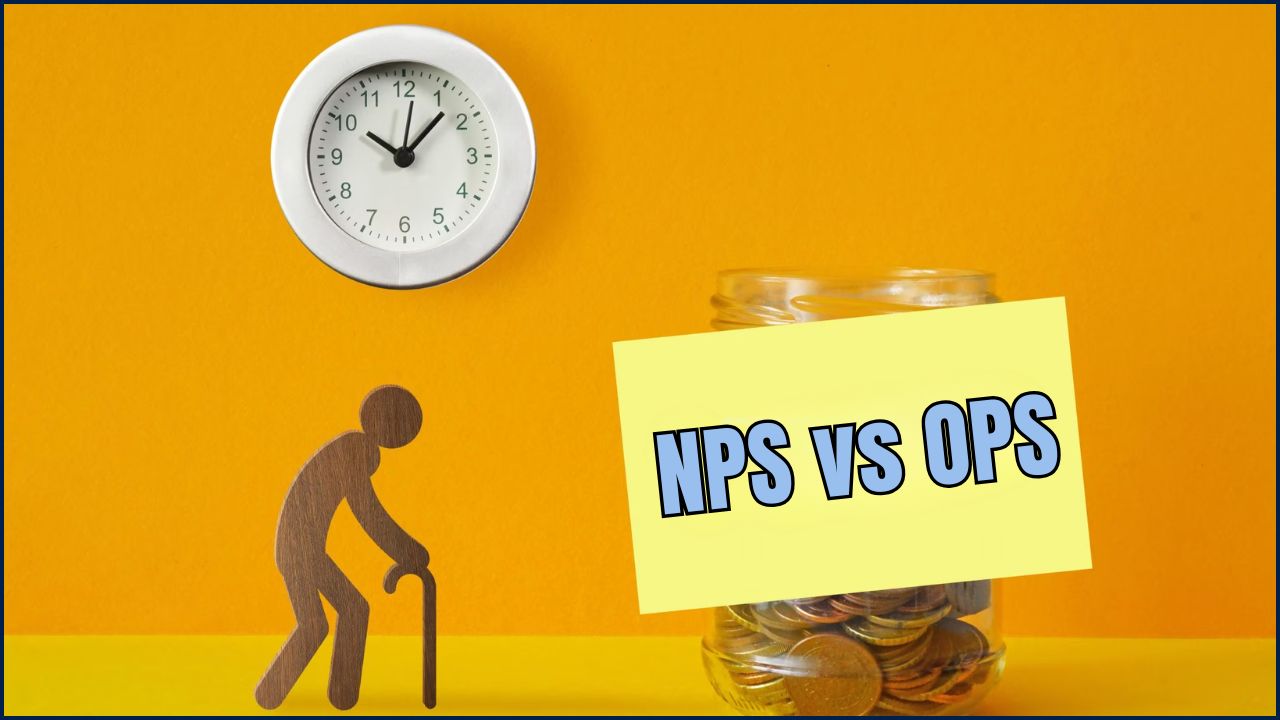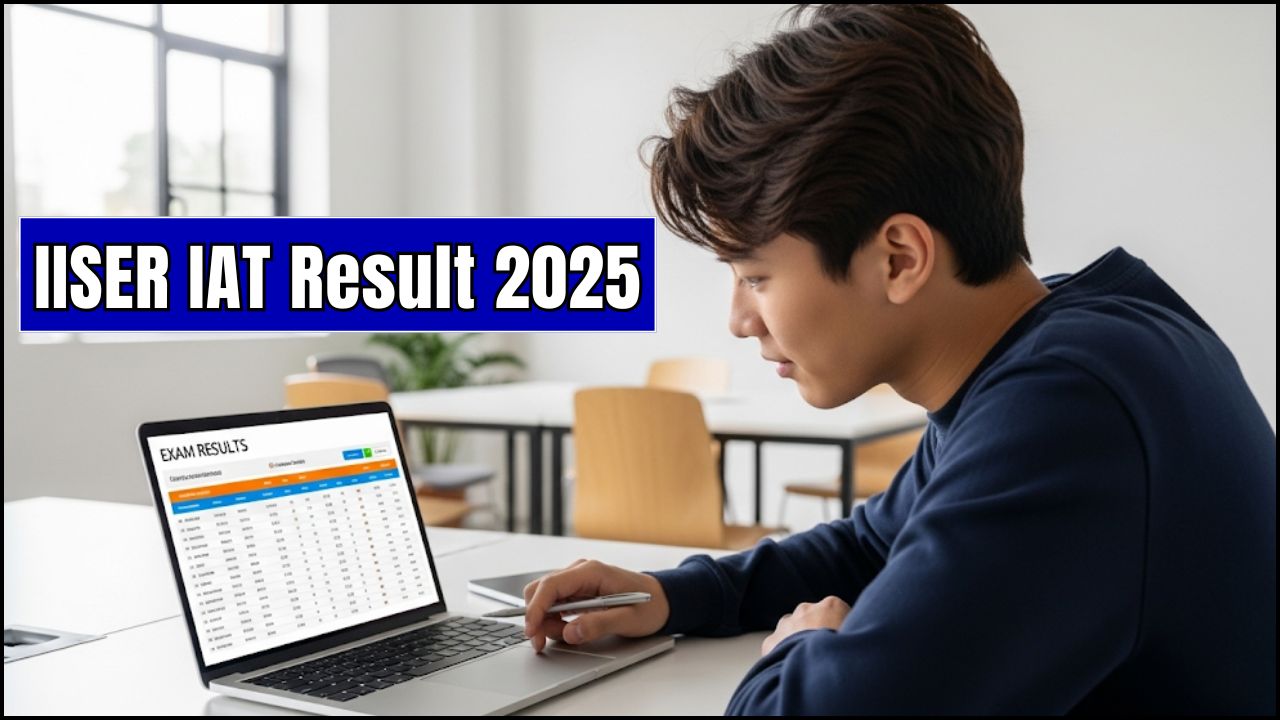The Caste Census 2025 Notification is finally out, and it’s stirring up buzz across India. Whether you’re a curious citizen, a policy nerd, or just want to make sure your data is correct, this guide breaks down everything you need to know in plain English. Think of it as your go-to manual for understanding how to apply, check, and participate in this once-in-a-generation event.
For the first time since 1931, India will collect comprehensive caste-based data, giving us a crystal-clear look at the country’s social structure. This move is expected to shake up everything from policy-making and education to job reservations and regional development. And yes, it’s all going digital.
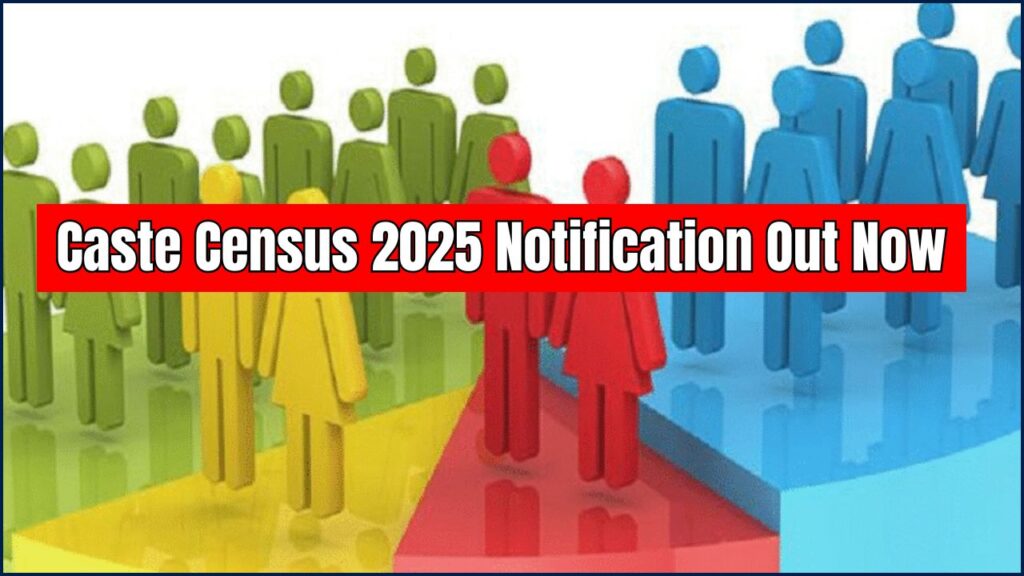
What is a Caste Census?
A caste census is a systematic collection of data on the caste identities of individuals during a nationwide population count. While the general census collects demographic information, a caste census specifically gathers details about different caste groups, their socio-economic status, educational levels, and more. This data is crucial for understanding societal disparities and for designing targeted government policies and welfare schemes. The last comprehensive caste census in India was conducted in 1931.
The Data Gap
For almost a century, India has relied on the 1931 census for comprehensive caste data, which classified a significant portion of the population as Other Backward Classes (OBCs). This outdated information has been a major challenge for policymakers trying to address contemporary socio-economic realities. The Caste Census 2025 aims to bridge this massive data gap, providing up-to-date figures that reflect the current demographic landscape and allow for a more nuanced understanding of development needs and disparities across various communities in modern India.
Caste Census 2025 Notification Out Now
| Feature | Details | Official Link |
|---|---|---|
| Notification Released | June 16, 2025 | Census India |
| Cabinet Approval | April 30, 2025 | PIB News |
| House Listing Phase | Starts April 2026 | Details Here |
| Population Enumeration | Starts March 1, 2027 (Oct 1, 2026 for snow-bound areas) | Official Timeline |
| Self-Enumeration | Available via Mobile App & Web Portal | To Be Announced |
| Data Privacy | Confidential – Only aggregate data will be released | Government Policy |
| Estimated Enumerators | 3.4 Million | Wikipedia |
The Caste Census 2025 is more than just numbers—it’s about visibility, opportunity, and equality. From applying online to tracking your caste data, this guide has you covered. Stay alert for official updates, gather your documents, and be ready when the portal opens in 2026. With real-time digital tools, strong data protection, and widespread benefits, this census is built for the future.
What Is the Caste Census and Why Now?
Let’s keep it real. India hasn’t done a full-blown caste count in nearly 100 years. The 2011 Socio-Economic and Caste Census (SECC) gave us a glimpse, but it wasn’t published officially. So why now?
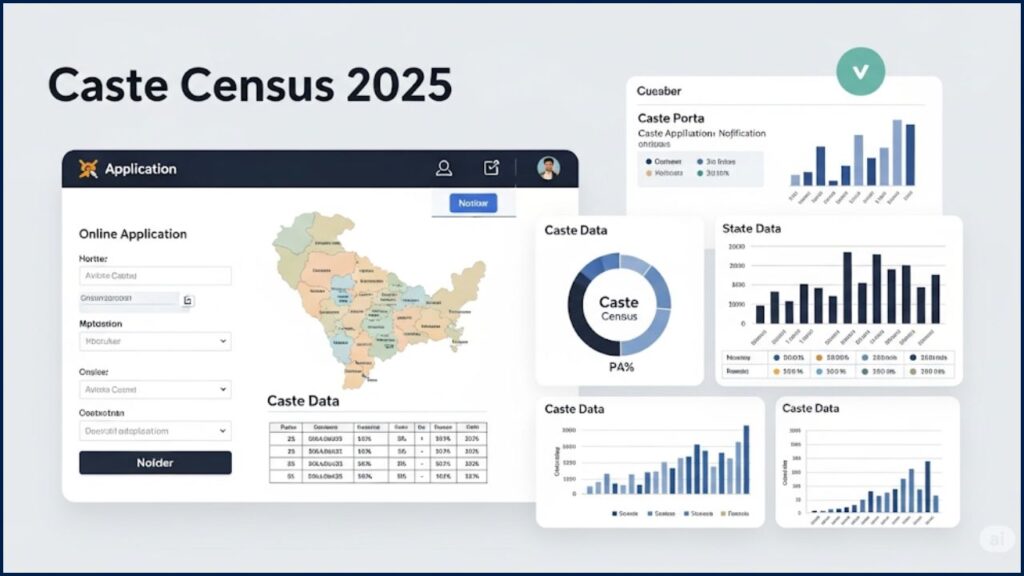
This data is like gold for policy planners. Knowing the exact number of people in each caste can help allocate resources fairly, boost representation, and inform development strategies. It’s also about social justice, plain and simple.
Historical Context
Back in 1931, the British conducted the last comprehensive caste enumeration. Since then, India has relied on partial data (mostly SC/STs). States like Bihar and Karnataka recently conducted their own caste surveys, exposing discrepancies and igniting debate over quotas. The national caste census promises to fill those gaps once and for all.
How It Works: A Step-By-Step Guide
Step 1: Gather Your Documents
Before the online portal goes live, make sure you’ve got your essentials ready:
- Aadhaar or other government ID
- Caste Certificate (if available)
- Proof of Address (Utility Bill, Voter ID, etc.)
Pro Tip: If you don’t have a caste certificate, you can still self-declare during enumeration. Verification may happen later.
Step 2: Register Online (Coming 2026)
When Phase 1 begins in April 2026, head to Census India or use the upcoming Census Mobile App to register. You’ll be asked to enter:
- Personal info (Name, DOB, Gender, etc.)
- Household details
- Preliminary caste-related questions
Step 3: Caste & Socio-Economic Data Collection (2027)
From March 2027, enumerators will collect detailed data including:
- Your caste (chosen from an official drop-down list)
- Occupation & education
- Income & property ownership
- Disability status
Snow-bound areas like J&K, Ladakh, and Himachal will begin earlier in Oct 2026.
Step 4: Track Your Status with Census ID
Once registered, you’ll get a unique Census ID. This helps you:
- Check your data status
- Apply corrections if needed
- Download confirmation receipt
Step 5: Privacy First
No need to stress—your personal details stay locked. Only anonymous, aggregate stats will be released to the public.
Why This Matters: Real-World Impact
Social Justice
Understanding the numbers helps design better reservations and welfare schemes.
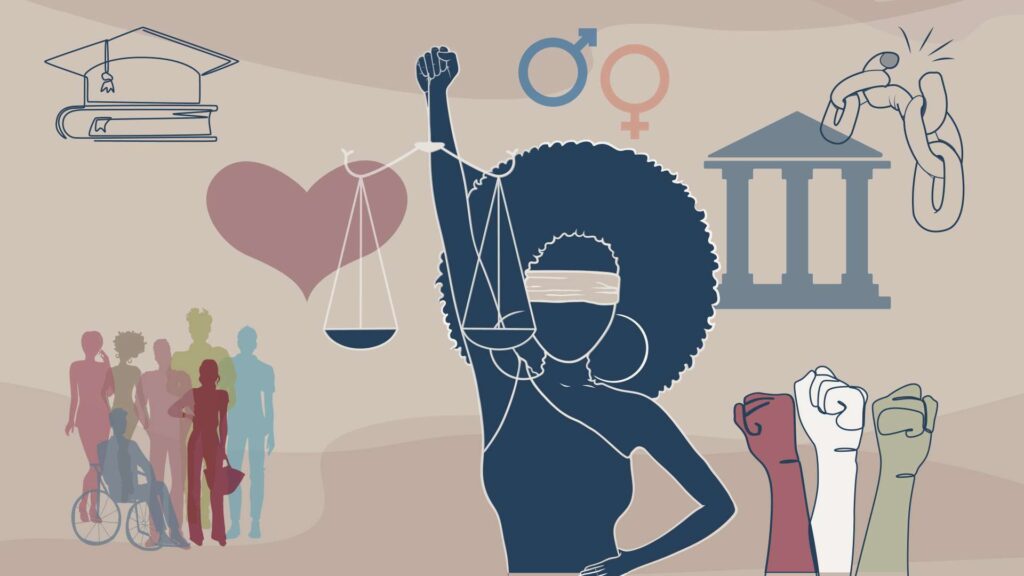
Education & Employment
State and central governments can tweak quotas and support programs more effectively.
Political Power
More accurate data could influence constituency boundaries during delimitation.
Real-Life Example
Meet Anita from Bihar. She logs into the portal in April 2026 using her Aadhaar. She lists her caste, uploads her certificate, and gets her Census ID. In March 2027, her data shows up on the portal. But oops, her caste name is misspelled. She hits “Request Correction,” uploads the right file, and gets confirmation in 10 days. Easy-peasy.
Tech Talk: The Digital Census Tools
The 2025 Census will be India’s first fully digital population count. That means:
- Mobile App: Available in 16+ languages
- Self-enumeration: Do it yourself, just like online banking
- Real-time status tracking
- Data encryption: End-to-end security to keep your info private
For those in remote areas or without access to smartphones, trained field enumerators will still visit homes.
Challenges & Criticisms
No big move comes without bumps. Critics have flagged:
- Data misuse concerns
- Possibility of political weaponization
- OBC and sub-caste complexity
Government officials, however, have assured that robust safeguards will be in place, and no individual data will be shared.
1931 Census Data vs. Anticipated 2025 Data
| Feature | 1931 Caste Census Data | Anticipated 2025 Caste Census Data |
| Last Conducted | 1931 | First comprehensive caste data collection since 1931 |
| Data Collection | Manual, paper-based | Primarily digital, with self-enumeration options |
| Scope | Comprehensive caste data recorded | Expected to include detailed caste data beyond SC/ST |
| Policy Impact | Basis for Mandal Commission recommendations (1980) | Aims to inform updated reservation policies and welfare schemes |
| Data Processing | Manual, time-consuming | Expected to be much faster due to digital collection and processing |
FAQs
Q1: Is the caste census mandatory?
A: Participation is strongly encouraged but not legally mandatory.
Q2: Can I update my caste info after submitting?
A: Yes, using your Census ID on the official portal.
Q3: Do I need a caste certificate to apply?
A: No. You can self-declare, but verification may be required.
Q4: Is this data safe?
A: Absolutely. Only aggregate data will be published.
Q5: When will results be out?
A: Likely in 2028, after data processing and cross-verification.
Q6: Will the app work offline?
A: Yes, the app is expected to support offline entry for rural and low-connectivity areas.
Q7: What languages will be supported?
A: The portal and app will support all 22 official Indian languages and English.
